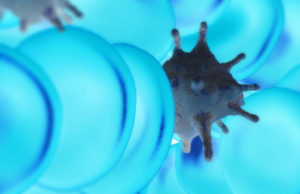Platelets are normally transfused either prophylactically for oncology and hematology patients, or to help stop severe bleeding. Since the mid-1980s, platelets have been stored at room-temperature with constant agitation. However, recent and past research suggests that cold storage of platelets actually preserves their hemostatic function, which may be best for actively bleeding patients. In 2013, doctors at the Mayo Clinic requested permission from the AABB and the FDA to store platelets at 1-6°C in order to better serve actively bleeding patients. In 2015, the Mayo Clinic received permission to store platelets at 1-6°C without agitation for a maximum of 3 days for patients with severe bleeding. The Mayo Clinic has since transfused a total of 21 of 119 units stored at 1-6°C. However, >80% were discarded due to the short storage time and formation of clots in the current plasma-rich storage solution. Pathogen-reduction combined with a platelet additive solution for storage may help improve shelf life for cold-storage platelets. Clinical trials are underway In order to re-examine the safety and efficacy of different storage conditions for platelets.
References:
- Stubbs, JR, Tran SA, Emery RL, et al. Cold platelets for trauma-associated bleeding: regulatory approval, accreditation approval, and practice implementation—just the “tip of the iceberg.” Transfusion 2017; published online doi:10.1111/trf.14303
- Cap A and Spinella P. Just chill—It’s worth it! Transfusion 2017; in press.

